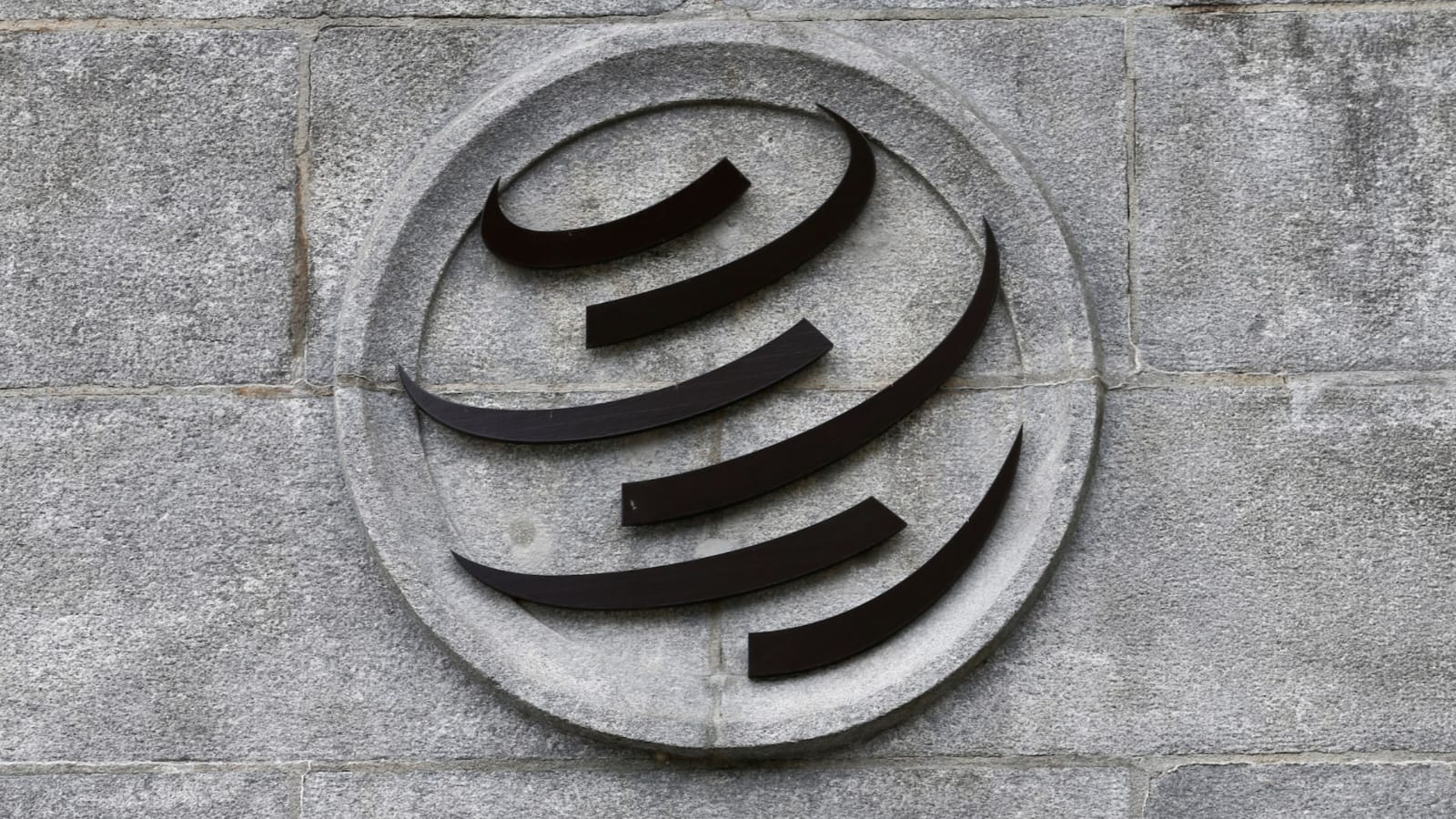The possibility of a formal trade agreement between the United States and India appears to be gaining momentum, as signals from Washington suggest a breakthrough is close. United States Treasury Secretary Scott Bessent, speaking at a joint press briefing with White House Press Secretary Karoline Leavitt on April 29, 2025, hinted that the Trump administration is “very close” to finalising a trade deal with India. His comments came during a time when Washington is actively reshaping its global economic relations and aiming for stability with key trading partners in Asia.
This potential agreement, while still pending official confirmation, could mark a significant development in the complex and evolving trade relationship between the two democracies. The US and India have long sought to balance national interests with economic cooperation, and Bessent’s recent remarks indicate a turning point where both sides may finally find common ground.
Trade Negotiations Progressing Faster With India Than Others
According to Secretary Bessent, trade talks with India have progressed in a manner he described as “relatively smooth” compared to other countries. This observation sheds light on how negotiations with India are being perceived within the White House, especially when placed alongside dialogues with other trading partners. Bessent even went as far as to say that India, “in a funny way,” is easier to negotiate with than many others.
What makes India’s case unique, he noted, is the country’s high tariffs across a wide range of goods and services. In his view, negotiating around such transparent barriers provides a clearer path for crafting mutually beneficial terms, as opposed to dealing with non-tariff barriers that can be vague, hidden, or complex in nature. His comments suggest that the administration finds India’s economic framework easier to navigate despite its protective policies.
The secretary added that high tariffs create a starting point that allows room for constructive give-and-take. This, in his opinion, lays a strong foundation for what could become one of the earliest trade agreements to be finalised under the current US administration’s ongoing global trade recalibration.
Role of Recent Diplomatic Engagements in Shaping the Deal
The progress in US-India trade talks appears to be reinforced by recent high-level engagements. One such significant meeting occurred between US Vice President JD Vance and Indian Prime Minister Narendra Modi during the former’s visit to India just last week. Secretary Bessent mentioned that the talks between Vance and Modi were productive and contributed meaningfully to the forward movement in negotiations.
He also pointed out that the US has been finding its Asian allies, including India, more forthcoming in trade-related discussions. Bessent suggested that among all the active trade discussions underway, the talks with India stand out not only in terms of ease but also in their pace of advancement.
Although no specific date was provided, the tone of the briefing hinted that a formal announcement could be expected soon. Bessent emphasized that the discussions are now at a stage where the fine details are being polished and that the two governments may soon be ready to make their intentions official.
India’s Growing Role in American Trade Strategy
India’s significance in the United States’ trade strategy continues to grow, both in terms of economic scale and geopolitical considerations. As the fifth-largest economy in the world and one of the fastest-growing major markets, India offers tremendous commercial potential for American exporters, technology companies, and investment firms.
Over the past decade, US-India bilateral trade has steadily increased, crossing the $150 billion mark annually. The sectors of cooperation are diverse, spanning information technology, pharmaceuticals, agriculture, energy, defense, and consumer goods. As global supply chains evolve and economic partnerships become more strategically important, both nations have found incentive in reducing friction through formal agreements.
India’s efforts to expand its manufacturing capacity and become a global export hub align with the US goal of diversifying supply chains beyond East Asia. This convergence of interests is giving both sides the motivation needed to resolve long-standing trade irritants and focus on building a rules-based, mutually beneficial framework.
Challenges That May Still Require Attention
Despite optimism, there remain some unresolved matters that could influence the final outcome of the trade deal. Among them are concerns surrounding digital trade, intellectual property rights, agricultural access, and regulatory standards. These have been sticking points in previous attempts at negotiation and will require careful compromise.
Another aspect that warrants attention is India’s request for restoration of its Generalized System of Preferences (GSP) status, which was withdrawn by the United States in 2019. This designation had previously allowed duty-free access to thousands of Indian products in the US market. While Indian officials have advocated for its reinstatement, the current US stance remains unclear.
At the same time, Washington continues to seek greater market access for its agricultural products and medical devices in India, where price controls and import limits have posed challenges in the past. How both sides resolve these particular issues will likely play a pivotal role in shaping the final terms of the agreement.
Statements Emphasizing Practicality and Constructiveness
During the briefing, Secretary Bessent avoided making ideological assertions or politicizing the matter, instead keeping the focus on practicality. He noted that working with a country like India is often simpler because of the predictability of tariff structures. Unlike non-tariff barriers that tend to be hidden and ambiguous, India’s system is more transparent, allowing negotiators to work from a solid base.
He also remarked that the experience of negotiating with India has been constructive, a word not often associated with trade negotiations that tend to involve tough bargaining and occasional stand-offs. His tone projected an image of steady progress rather than high-stakes drama, reinforcing the sense that the deal is based on realism rather than rhetoric.
These comments are in contrast to more contentious discussions the US has had with other countries where hidden trade restrictions, subsidies, or political tensions have complicated matters. By comparison, the talks with India seem to be unfolding with clarity and mutual understanding.
Signals of Broader Economic Engagement
This possible trade deal fits into a larger pattern of growing US-India economic engagement. Over the past year, the two countries have signed a series of agreements in fields such as defense production, green energy, semiconductors, and digital infrastructure. These developments underscore the desire of both governments to elevate their economic partnership to a more comprehensive and structured level.
For India, a successful trade deal with the United States would be a significant diplomatic and economic win. It would signal global investor confidence, open new markets for Indian goods, and accelerate technology collaboration. For the United States, India’s vast and youthful market represents a long-term growth opportunity for American businesses.
Furthermore, as both nations deepen cooperation in strategic sectors like artificial intelligence, space technology, and cybersecurity, the trade agreement could serve as a platform for greater interdependence in innovation and research.
The Way Forward and What to Expect
As the world closely watches the outcome of these negotiations, expectations are mounting that the US and India will soon conclude a well-balanced trade agreement. The foundation appears to be built on shared interests, respect for regulatory autonomy, and a recognition of each other’s economic priorities.
What remains to be seen is how the final text of the agreement will address sensitive issues and whether it will set a precedent for future US trade relations with other developing economies. Observers anticipate that the agreement will not only improve current trade flows but also foster longer-term structural alignment in key sectors.
While no side has made bold proclamations or definitive announcements, the tone coming from the White House suggests growing confidence that this trade deal is within reach. The world’s largest and most dynamic democracies may be about to take another important step toward closer economic integration—one shaped more by pragmatism and shared opportunities than by political symbolism.
A New Chapter in US-India Trade Relations
In a global landscape increasingly defined by shifting alliances, trade disruptions, and technological competition, a US-India trade deal could serve as a model of balanced diplomacy and economic pragmatism. Secretary Scott Bessent’s comments on April 29 provide a glimpse into a process that, while not without challenges, has been marked by steady progress and mutual goodwill.
As the negotiations approach a conclusion, there is a shared sense of optimism that the agreement will serve the interests of both nations without undermining their individual economic policies. It may not solve every dispute or eliminate every barrier, but it promises to establish a stronger foundation for cooperation in the decades to come.
For businesses, investors, policymakers, and citizens on both sides, the message is clear: a more structured and predictable economic relationship between the United States and India is not only desirable but now likely within reach.









7 Comments
[…] first Arab nation to confirm their participation in the 2026 tournament set to be co-hosted by the United States, Canada, and […]
[…] televised address, Iran’s Supreme Leader Ayatollah Ali Khamenei issued a stern warning to the United States, asserting that any military intervention would result in “irreparable damage.” His statement […]
[…] Airlines, the United States’ largest low-cost carrier, is reportedly preparing for a historic leap across the Atlantic. […]
[…] is reshaping its global economic narrative by offering the United States a significant and strategic trade concession. In a decisive move, the Southeast Asian giant has […]
[…] a breathtaking display of grit, passion, and strategic brilliance, Mexico triumphed over the United States in the Concacaf Gold Cup 2025 Final, held at the iconic NRG Stadium in Houston, Texas. The 2-1 […]
[…] Pezeshkian remains defiant about Iran’s sovereignty. “The United States’ unlawful attacks against our nuclear centres and installations must be condemned,” he stated […]
[…] The relationship between the United States and India is entering a new phase. Even though recent tariffs created friction, both nations are showing a willingness to work together again. A US trade team is set to visit India next week, the first such visit since Washington imposed a 50 percent tariff on Indian goods in August. […]
Comments are closed.